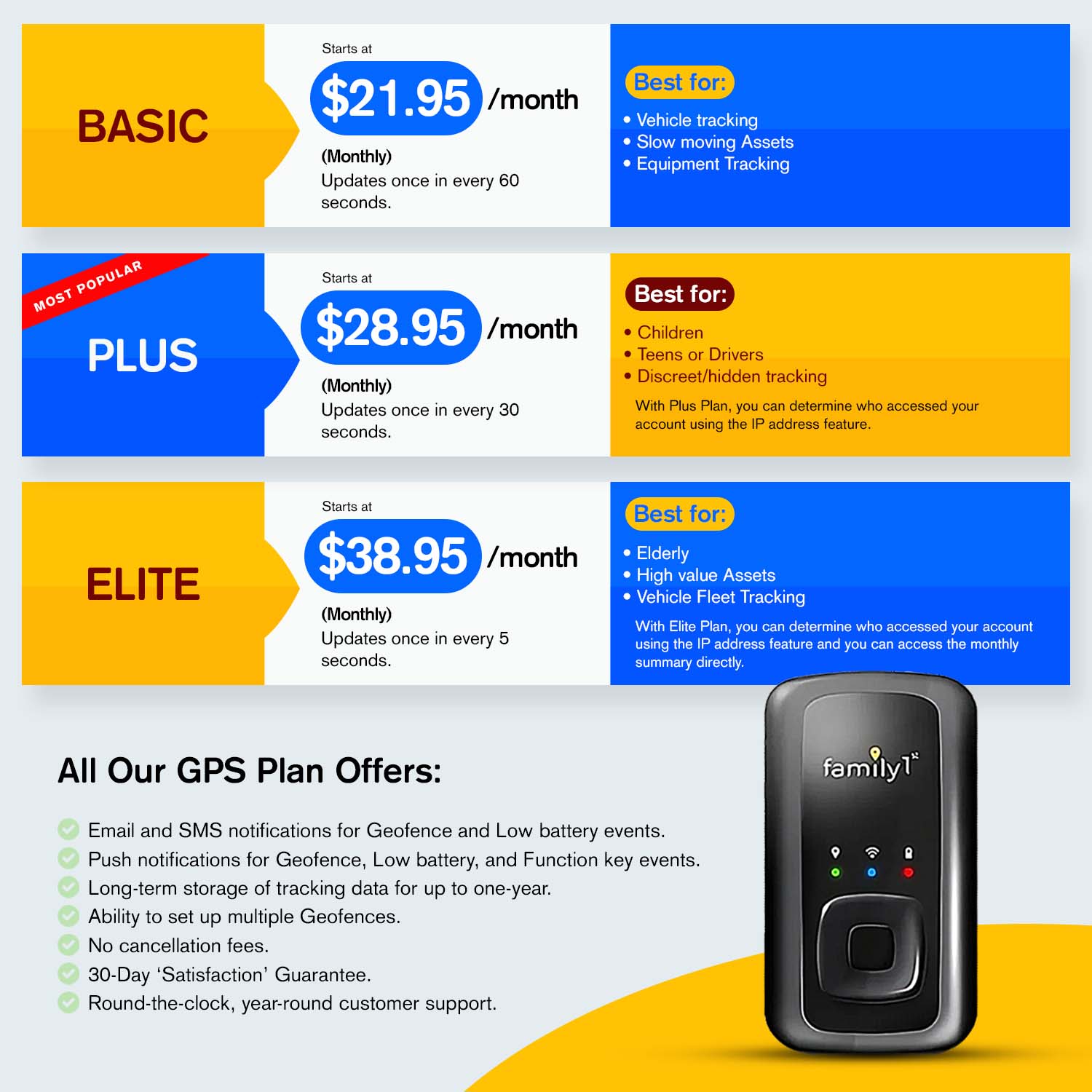Phone tracking uses GPS, Wi-Fi, cell towers, Bluetooth, and IMEI numbers to locate devices. While it helps with security and monitoring, tracking without consent raises serious privacy concerns.
To stay protected, users should turn off location services, manage app permissions, and use a VPN. Disabling Wi-Fi and Bluetooth when not needed can also prevent unwanted tracking.
What Is a Phone Tracker?
A phone tracker is a tool that helps find a mobile device. It can be a software app or a physical device that tracks location.
It collects location data from different sources and sends it to a user. People use phone trackers for security, child safety, and tracking employees.
Also see: What Is GPS & How Do GPS Trackers Work?
Types of Phone Tracking Systems
-
GPS-Based Tracking: Uses satellite signals for precise location tracking.
-
Wi-Fi-Based Tracking: Determines location using nearby Wi-Fi networks.
-
Cell Tower Triangulation: Uses mobile network towers to estimate a phone’s position.
-
Bluetooth Tracking: Works within short distances by detecting Bluetooth-enabled devices.
-
IMEI Tracking: Locates a lost phone using its unique IMEI number.
How Does GPS Phone Tracking Work?
GPS Signal Acquisition
GPS tracking works with 24+ satellites in space. A phone with GPS connects to these satellites to find its location.
Trilateration Process
The phone calculates its position using trilateration. It measures the distance from at least three satellites to determine an accurate location.
Data Transmission
Once the phone finds its location, it sends the data using Wi-Fi or mobile networks to a tracking app.
GPS Accuracy
-
Cities: Tall buildings can block signals, making tracking less accurate.
-
Open areas: Fewer obstacles mean better accuracy.
-
Weather: Heavy clouds can sometimes weaken GPS signals.
How Does Wi-Fi Phone Tracking Work?
Wi-Fi Network Scanning
Phones can detect nearby Wi-Fi networks and use them to estimate location.
Database Matching
Companies like Google and Apple store Wi-Fi location data. When a phone connects to a network, it checks these databases to find its location.
Wi-Fi Tracking Accuracy
-
Better in cities with lots of Wi-Fi signals.
-
Weaker in rural areas where Wi-Fi is limited.
-
Useful indoors when GPS signals are weak.
How Does Cell Tower Triangulation Work?
Mobile Tower Signals
Phones connect to cell towers to make calls and use data. If GPS isn’t available, tracking can use these towers instead.
Triangulation Method
The phone’s position is estimated using signals from three or more towers. The time it takes for signals to reach the towers helps determine the location.
Accuracy of Cell Tower Tracking
-
Cities: Many towers make tracking more precise.
-
Rural areas: Fewer towers mean less accuracy.
-
Works without GPS or Wi-Fi.
How Does Bluetooth Phone Tracking Work?
Bluetooth Signal Detection
Bluetooth tracking uses short-range wireless signals to find nearby devices.
Connection to Tracking Devices
Bluetooth tracking works with:
-
Smartwatches (e.g., Apple Watch, Samsung Galaxy Watch)
-
Tracking Tags (e.g., Apple AirTag, Tile)
-
IoT Devices (smart home gadgets)
Bluetooth Tracking Limitations
-
Works only within 30-100 meters.
-
Needs Bluetooth turned on to detect signals.
-
Not useful for long-distance tracking.
How Does IMEI Tracking Work?
What Is an IMEI Number?
Every phone has a unique IMEI (International Mobile Equipment Identity) number. Mobile networks use this number to identify and track devices.
Carrier-Based Tracking
When a lost phone connects to a network, phone carriers can locate it using the IMEI number. Police often use this method to track stolen phones.
IMEI Blocking
If a phone is stolen, its IMEI can be blacklisted, making it unusable on most networks.
How Do Phone Tracking Apps Work?
Installation and Permissions
Phone tracking apps need permission to access GPS, Wi-Fi, and network signals. Popular apps include:
-
Google Find My Device (Android)
-
Apple Find My iPhone (iOS)
-
Life360 (family tracking)
-
mSpy, FlexiSpy (parental monitoring)
Real-Time Location Sharing
These apps track a phone’s location live and show it on a map.
Geofencing
Users can set virtual boundaries (geofences). If a phone moves in or out of these zones, the owner gets an alert.
Remote Lock and Wipe
Some apps allow users to:
-
Lock a lost phone remotely.
-
Erase personal data to prevent theft.
Is Phone Tracking Legal?
Phone tracking is legal if the person being tracked gives permission. Parents can track their children, and companies can track employees using work devices.
Tracking someone without their consent is usually illegal and considered an invasion of privacy. In some cases, police can track a phone, but only with a court order.
Advantages and Disadvantages of Phone Tracking
Advantages
✔ Enhances security – Helps find lost or stolen devices.
✔ Ensures child safety – Parents can monitor kids' locations.
✔ Aids law enforcement – Assists in criminal investigations.
✔ Improves business operations – Employers can track delivery personnel.
Disadvantages
✖ Privacy concerns – Unauthorized tracking raises ethical issues.
✖ Battery drain – Continuous tracking depletes battery faster.
✖ Dependency on connectivity – Tracking requires GPS, Wi-Fi, or mobile networks.
✖ Potential misuse – Hackers and malicious users can exploit tracking software.
How to Protect Your Phone from Unauthorized Tracking?
-
Disable Location Services: Turn off GPS and location tracking when not needed.
-
Use a VPN: A Virtual Private Network (VPN) hides your location from websites and apps.
-
Turn Off Wi-Fi and Bluetooth When Not in Use: Prevents unauthorized tracking through Wi-Fi and Bluetooth.
-
Check App Permissions Regularly: Review which apps can access your location and remove unnecessary permissions.
-
Enable Two-Factor Authentication (2FA): Adds extra security to prevent unauthorized access to tracking apps.





